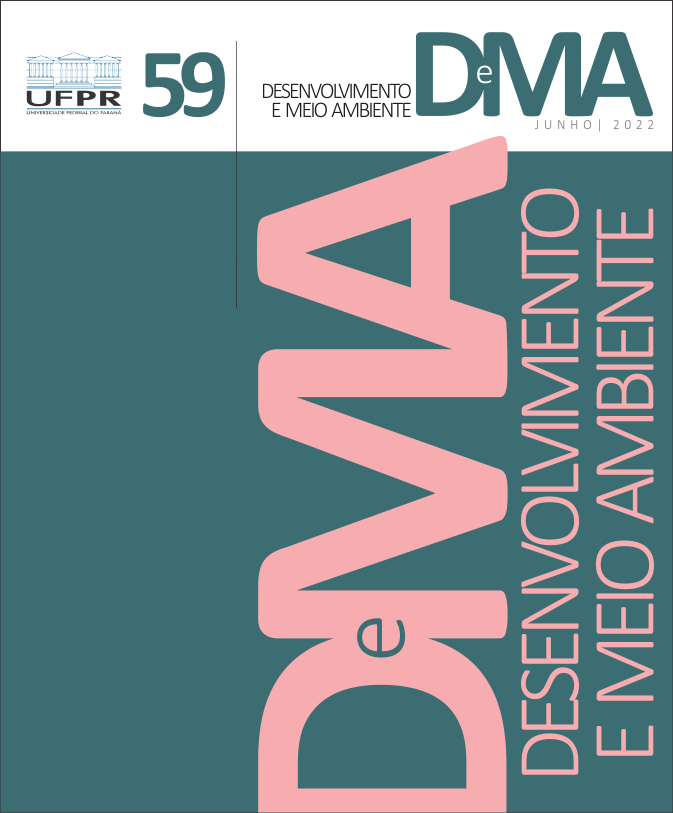O turismo como um bem comum e o papel da juventude em sua gestão no quilombo de Ivaporunduva no Vale do Ribeira, São Paulo, Brasil
DOI:
https://doi.org/10.5380/dma.v59i0.76646Palavras-chave:
turismo de base comunitária, juventude rural, patrimônio cultural, patrimônio natural, comunidades quilombolasResumo
Este artigo teve como objetivo analisar o turismo de base comunitária (TBC) na perspectiva de jovens de uma comunidade Quilombola localizada na região do Vale do Ribeira, no Estado de São Paulo, Brasil.A questão que orientou esta pesquisa é a seguinte: “O TCB seria capaz de impulsionar os jovens quilombolas a contribuírem em ações efetivas e contínuas, tanto para a gestão do turismo, como para a conservação dos patrimônios?”. A principal característica dessa região é a concentração de remanescentes da Mata Atlântica, áreas protegidas e a forte presença de comunidades tradicionais. O turismo revelou-se um bem comum (TourismCommons) dada a gestão comunitária ou autogovernança. Desse modo, o referencial teórico-metodológico utilizado foi a Análise e Desenvolvimento Institucional de Ostrom.Para análise deste estudo de caso, coletaram-se dados qualitativos e quantitativos por meio da realização de entrevistas semiestruturadas com os principais líderes comunitários. Os resultados indicam que o turismo oferece aos jovens Quilombolas a oportunidade de permanecer em suas comunidades,de investir em capacitação técnica e educacional para a prática de ações mais sustentáveis e de participar de espaços de tomada de decisões da comunidade. A análise institucional realizada por este estudo revela que a gestão comunitária do turismo em Ivaporunduva, com a presença e o papel relevante dos jovens, assume um caráter mais sustentável e, dessa forma, contribui para a proteção do patrimônio cultural e natural local.
Downloads
Publicado
Como Citar
Edição
Seção
Licença
Os Direitos Autorais sobre trabalhos publicados nesta revista são do autor, com direitos de primeira publicação para a revista. O conteúdo dos trabalhos publicados é de inteira responsabilidade dos autores. A DMA é um periódico de acesso aberto (open access), e adota a licença Creative Commons Atribuição 4.0 Não Adaptada (CC-BY), desde janeiro de 2023. Portanto, ao serem publicados por esta Revista, os artigos são de livre uso para compartilhar (copiar e redistribuir o material em qualquer suporte ou formato para qualquer fim, mesmo que comercial) e adaptar (remixar, transformar, e criar a partir do material para qualquer fim, mesmo que comercial). É preciso dar o crédito apropriado, prover um link para a licença e indicar se mudanças foram feitas.
Os conteúdos publicados pela DMA do v. 53 de 2020 ao v. 60 de 2022 são protegidos pela licença Creative Commons Atribuição – Não Comercial – Sem Derivações 4.0 Internacional.
A DMA é uma revista de acesso aberto desde a sua criação, entretanto, do v.1 de 2000 ao v. 52 de 2019, o periódico não adotava uma licença Creative Commons e, portanto, o tipo de licença não é indicado na página inicial dos artigos.






